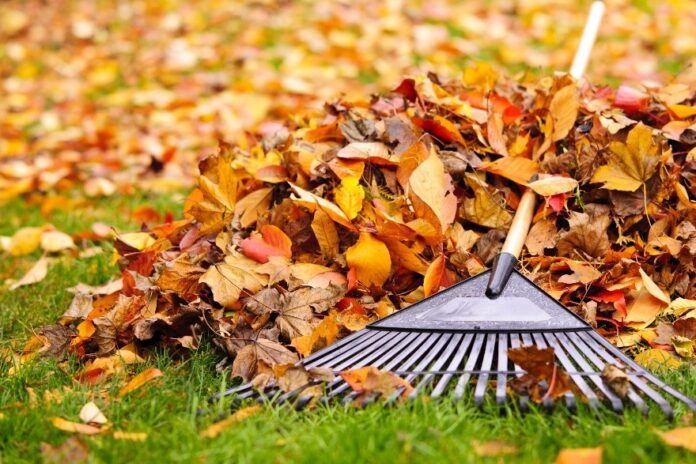Gardening expert reveals key jobs for a perfect garden next spring
As summer comes to an end, now is the perfect time for a garden reset by taking these essential steps to prepare for the upcoming seasons.
To look after your autumn garden and prepare it to withstand the unpredictable winter weather, gardening expert, Jack Sutcliffe, co-founder of Power Sheds, has compiled six essential tips for the ultimate garden to-do list.
1. Clear out debris
Clear out fallen leaves and any other debris that has accumulated in your garden over the summer months. This will ensure you prevent the development of fungal diseases and pests that may try to find shelter during the colder months which can be difficult to remove in harsh weather.
Clearing out debris will also allow more sunlight to reach your plants, ensuring their continued growth and health.
2. Plant spring-flowering bulbs
You may think it’s too early to mention spring, however, to prepare and brighten up your garden after a long winter, autumn is the perfect time for planting spring-flowering bulbs such as tulips, daffodils, and crocuses. These bulbs need to undergo a period of cold dormancy to bloom, making autumn the perfect time for planting.
Choose a sunny spot in your garden, dig the holes to the required depth and place the bulbs ensuring their pointed ends face upwards. By next year, you will have a garden with a burst of beautiful, colourful blooms.
3. Prune and trim your plants
Pruning is a simple task that will protect your plants over winter, keep your garden tidy and encourage healthy new growth.
Ensure you cut back dead or diseased branches, thin out overgrown areas, and shape your shrubs and hedges to prevent any snow accumulation.
Top tip: It is recommended to research specific pruning requirements for each plant to avoid causing any harm.
4. Frost protection
To protect your delicate plants and shrubs from any sudden temperature drops, it is essential to take precautionary measures that will prevent any damage to your plants.
· Mulching around the base of the plant will regulate temperate and retain moisture
· Use protective structures such as greenhouses or cold frames to shield your plants from strong winter winds. If your garden experiences any extreme temperatures, you can also cover them with breathable frost covers at night.
5. Tidy your lawn
Make the most of the current dry weather and rake the lawn to keep it free of leaves. Scarifying your lawn now helps to stop the grass roots from suffocating over the winter and remove any built-up moss.
Once this is done, trim back any edges and aerate the soil underneath to allow for more air (and nutrients including water) to get to the grass roots. However, an important thing to note is that you only need to aerate at least once every 2-3 years.
6. Clear and organise your shed
Although it can be tempting to throw all of your garden tools in your shed and neglect them over winter, it is just as important to maintain your shed so your items are organised.
Start by sorting your belongings into categories, investing in shed storage, cleaning and labelling them, which can help with spacing and figuring out what needs to go.
For more information and to discover gardening tips, head to Power Sheds’ Sheducation hub.

| [donate]
| Help keep news FREE for our readersSupporting your local community newspaper/online news outlet is crucial now more than ever. If you believe in independent journalism,then consider making a valuable contribution by making a one-time or monthly donation. We operate in rural areas where providing unbiased news can be challenging. |




















